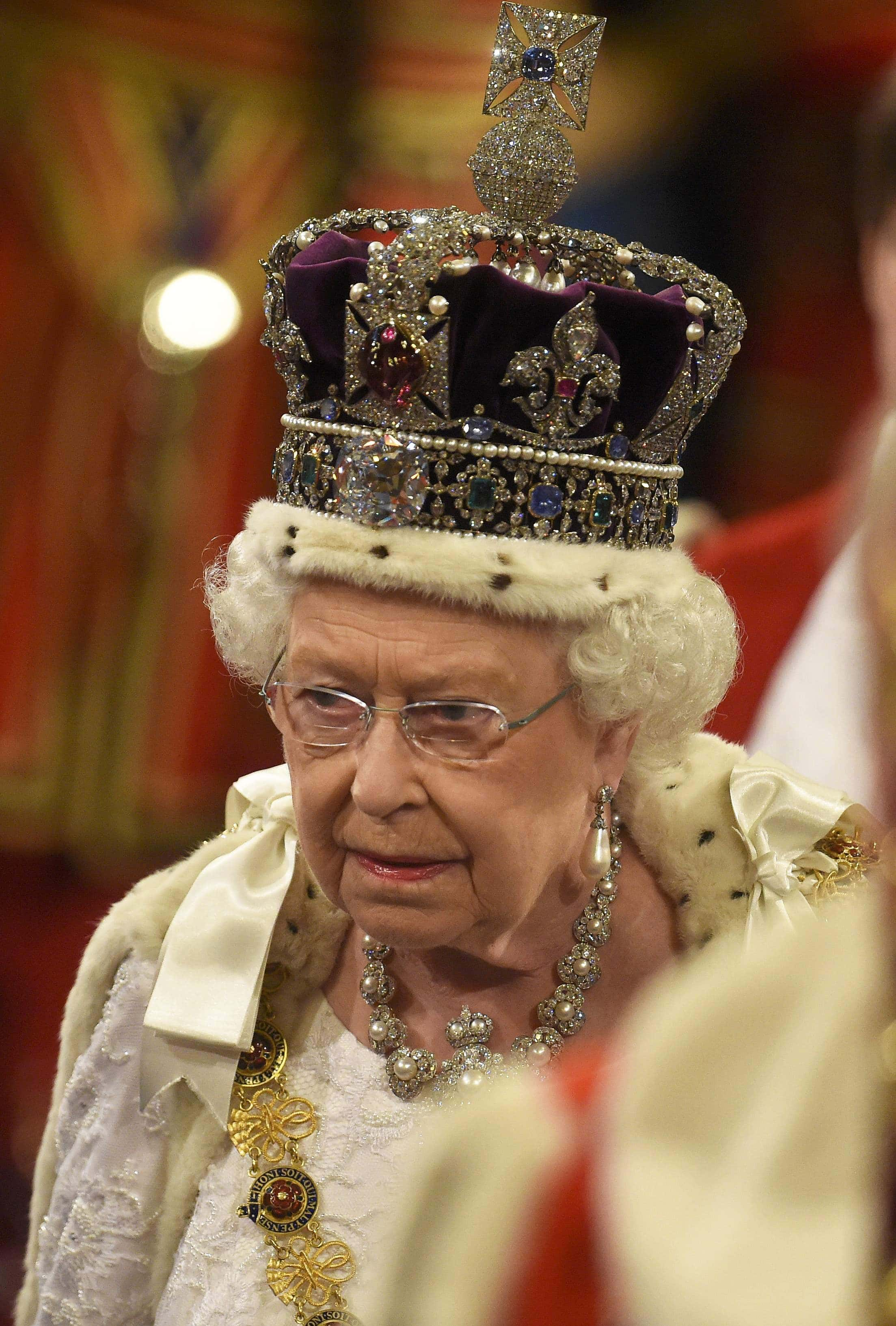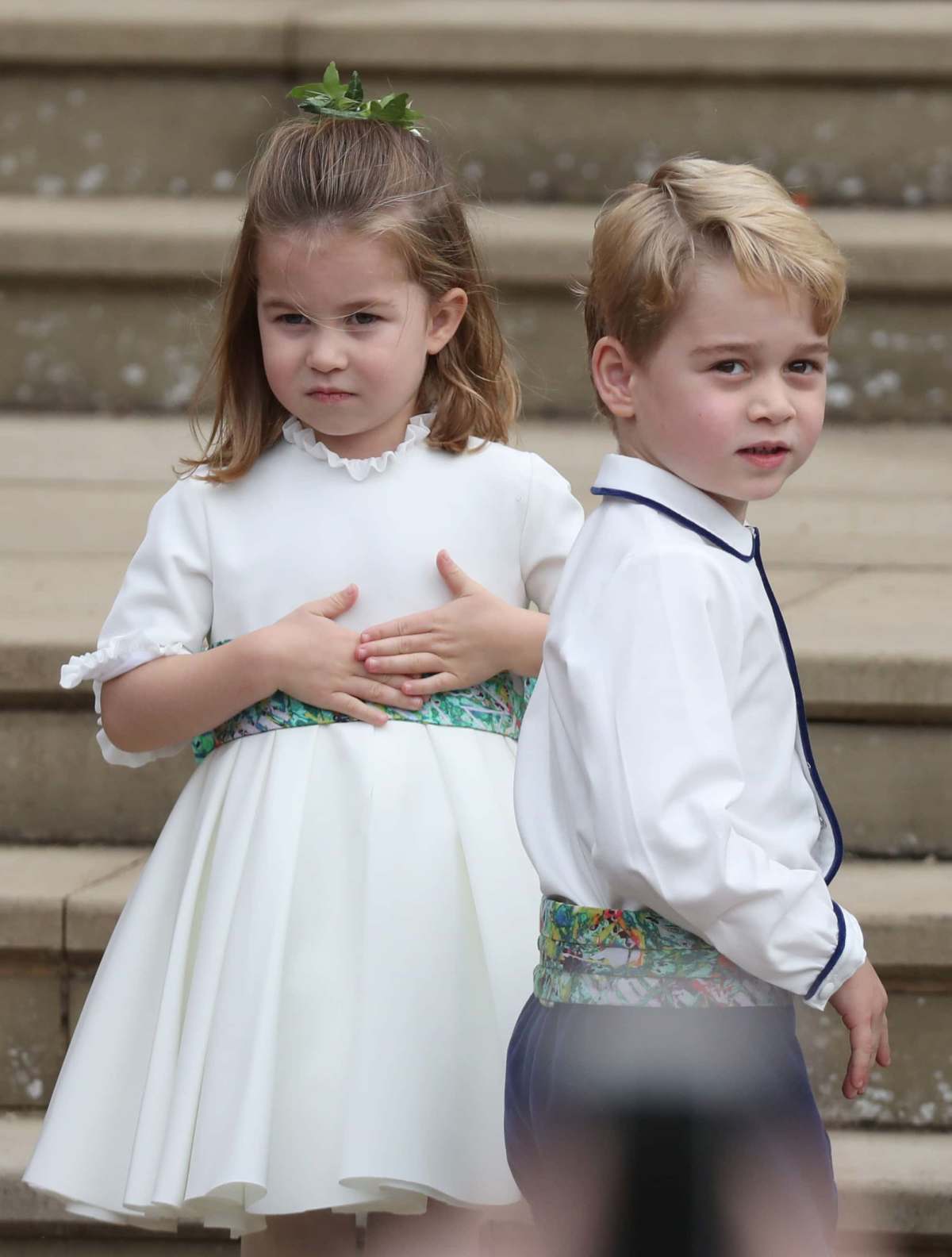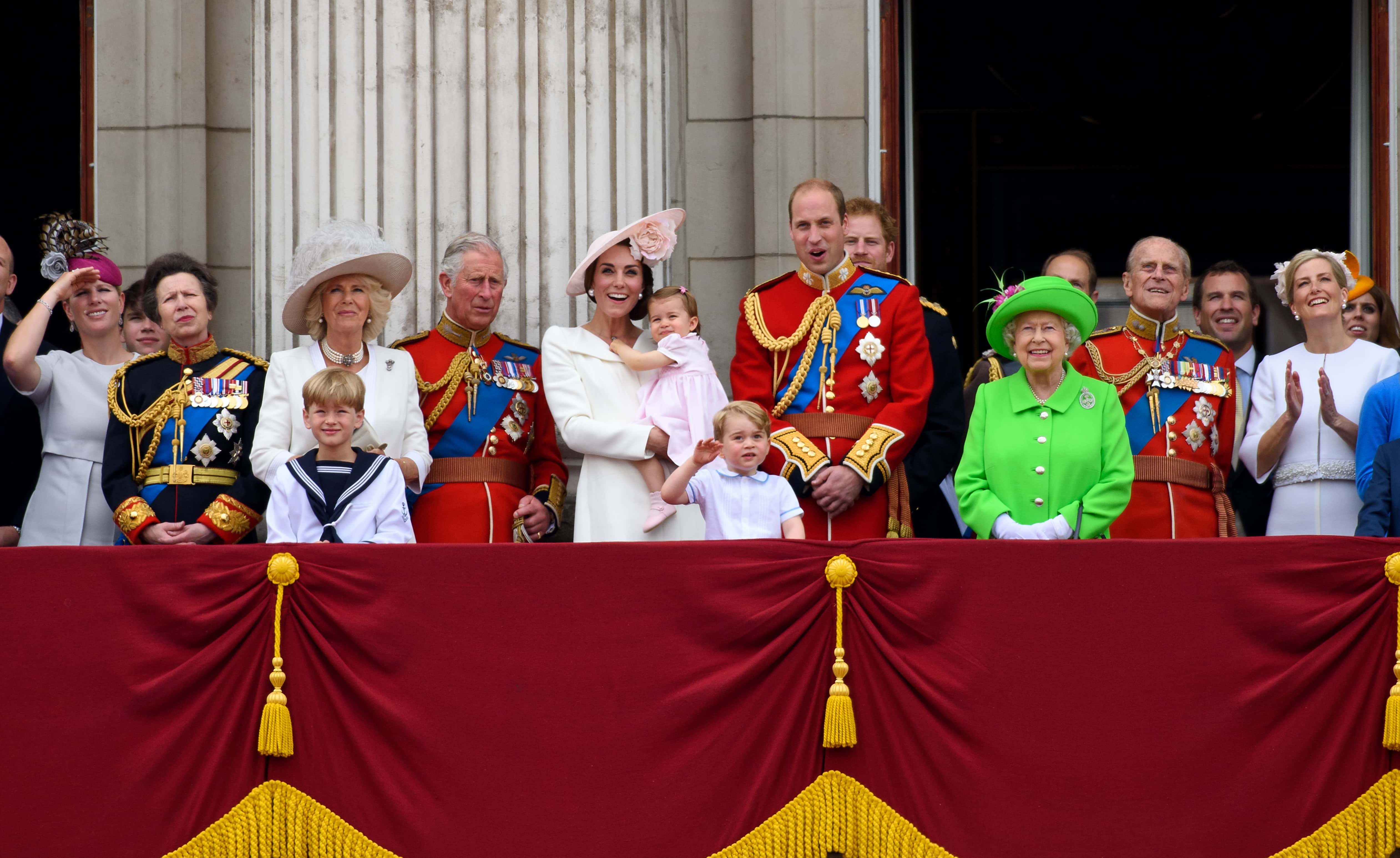End of an era: Significance of crown's removal and breaking of white staff at Queen's committal service

LONDON, ENGLAND: The Queen's committal service, which will take place at 4.pm Monday, Sept 19, in St George's Chapel at Windsor Castle, will be an emotional moment. At that moment, the Imperial State Crown, orb, and scepter will be lifted from the Queen's coffin, separating the former monarch from her crown for the last time.
The service will be conducted by the Dean of Windsor David Conner and the crown is removed by the Crown Jeweler. The crown and her jewels are given to the Dean, who places them on the high altar with the help of the Bargemaster and a Serjeant of Arms.
READ MORE
Queen’s funeral set to be world's ‘most watched’ broadcast in history

Meanwhile, the committal service will symbolize the end of Elizabeth II's reign. It will take place at George's Chapel in Windsor Castle. As reported by the Mirror, 800 people will gather in the Gothic church on Monday, September 19, including the king, the royal family, and mourners from the queen's former and current household.

At the end of the service, King Charles approaches the altar and places the Camp Color of the Queen's Company of Grenadier Guards, a smaller version of the regiment's Royal Standard, on the coffin. The Grenadier Guards are the longest serving of the Foot Guards regiments. Queen Elizabeth II was their Colonel in Chief.

Later, Chief Baron Parker, who as Lord Chamberlain is the highest ranking official in the royal household of the former monarch, will "break" his Wand of Office and place it on the coffin. This is another symbol of the end of the Queen's reign. The ceremonial breaking of the white staff signifies the end of his service to the Queen as ruler.

A committal service of any member of the royal family is considered to be a significant moment. The rituals of the service usually take place at the graveside, in a crematorium chapel, or in the church before burial or cremation. The Queen’s coffin will be transferred from London to Windsor in the state hearse. However, it will be a long walk that will be lined with members of the armed forces.

The King and other royals will join the procession on foot behind the hearse. Meanwhile, Prince George and Princess Charlotte will be at the service after attending the state funeral at Westminster Abbey. The majority of attendees of the service at St George’s Chapel will not be attending the funeral service in Westminster Abbey. Prayers will be said by the Rector of Sandringham, the Minister of Crathie Kirk, the Chaplain of Windsor Great Park, and the Dean of Windsor.

After the service at Windsor, there will be another private burial service where the Queen will be interred alongside her late husband, Prince Philip, and the Duke of Edinburgh in the King George VI Memorial Chapel in St George’s.










